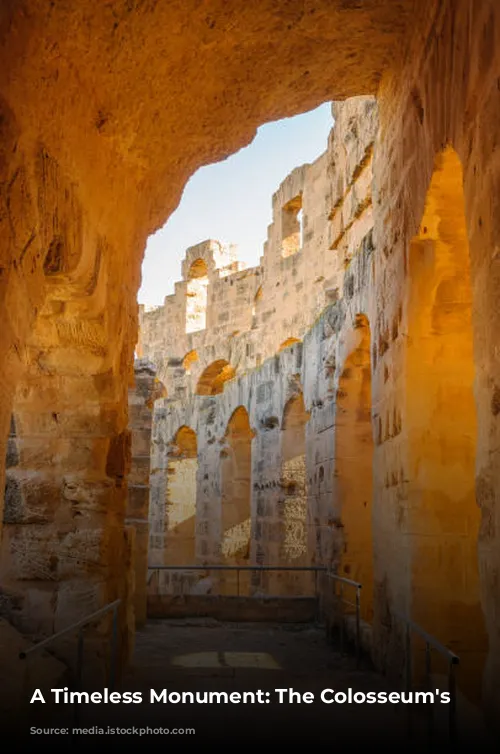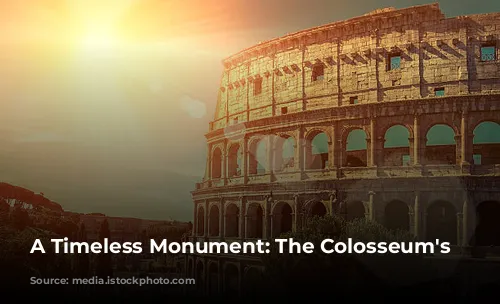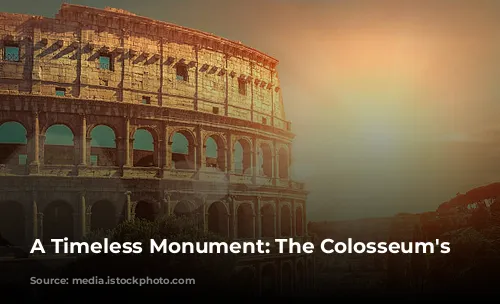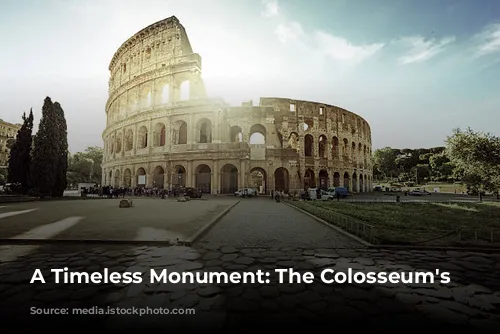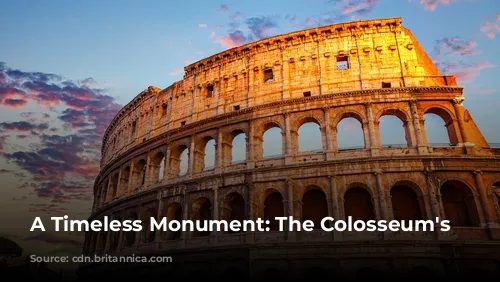The Colosseum, one of the few nearly intact structures remaining from the Roman Empire, stands as a testament to ancient Rome’s impressive architectural and engineering skills. It also serves as a major revenue generator for the Italian government. In 2018, the Colosseum, Roman Forum, and Palatine Hill together generated over $63.3 million (€53.8 million), making it the top tourist attraction in Italy.
A Monument’s Rise and Fall
The Colosseum’s journey reflects a rollercoaster of historical events. Following the fall of the Western Roman Empire, the majestic arena fell into disrepair. The Frangipane and Annibaldi families, during the 12th century, repurposed the arena, transforming it into their fortress. In the late 15th century, Pope Alexander VI sanctioned the use of the Colosseum as a quarry, further contributing to its degradation. After a millennium of neglect, state-funded restoration efforts commenced in the 1990s, aiming to revive the Colosseum’s former glory.
A Symbol of Imperial Power and Entertainment
The Colosseum was constructed as part of a grand imperial endeavor to revitalize Rome after the chaotic “Year of the Four Emperors” in 69 CE. Emperor Vespasian, like other emperors before him, envisioned the Colosseum as an entertainment hub, where gladiatorial combats, animal hunts, and even mock naval battles captivated the Roman populace.

Building a Legacy: From Construction to Completion
Construction of the Colosseum commenced under Emperor Vespasian between 70 and 72 CE. Its completion was marked by a dedication ceremony in 80 CE by Titus, Vespasian’s son and successor. The Colosseum’s fourth story was a later addition, attributed to Emperor Domitian in 82 CE. It’s important to note that the arena was funded using spoils from Titus’s conquest of Jerusalem in 70 CE, and its construction involved enslaved Jews from Judaea.
A Colossal Structure: The Colosseum’s Design
The Colosseum, also known as the Flavian Amphitheatre, is an elliptical amphitheatre crafted using stone, concrete, and tuff. It towers to a height of four stories, spanning 620 by 513 feet (189 by 156 meters), with a capacity to accommodate up to 50,000 spectators. The Colosseum was renowned for its use in gladiatorial combat.
A Symbol of Public Entertainment and Imperial Grandeur
The Colosseum’s location east of the Palatine Hill, on the site of Nero’s Golden House, was not a coincidence. The artificial lake that was the centerpiece of the palace complex was drained to make way for the Colosseum, symbolizing the shift from private indulgence to public entertainment. Vespasian, who rose to power from humble beginnings, replaced the tyrannical emperor’s exclusive lake with a public arena that could host tens of thousands of Romans, solidifying his image as a people-oriented emperor.

A Triumph of Engineering: The Colosseum’s Construction
The Colosseum stands as a testament to Roman engineering prowess. Unlike earlier amphitheatres, which were often integrated into hillsides for support, the Colosseum is a freestanding structure made of stone and concrete. Its construction involved an intricate system of barrel vaults and groin vaults, resulting in a massive structure measuring 620 by 513 feet (189 by 156 meters). The Colosseum boasts three stories encircled by arcades adorned with engaged columns in the Doric, Ionic, and Corinthian orders, a design that heavily influenced the Renaissance assemblage of orders. Travertine, volcanic tufa, and concrete were the key materials employed in its construction.
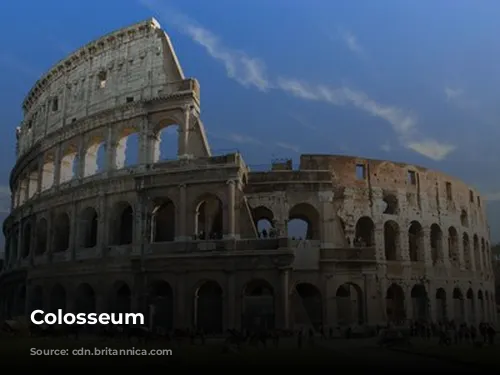
A Spectacle for the Masses: The Colosseum’s Features
The amphitheatre could accommodate an impressive 50,000 spectators, protected from the sun by a massive retractable velarium (awning). Hundreds of Roman sailors were needed to manipulate the rigging that extended and retracted the awning, using masts supported by corbels built into the top story. The Colosseum served as a stage for numerous gladiatorial combats, man-versus-animal fights, and even mock naval battles. While the Colosseum is often associated with early Christian martyrdom, the evidence for such events remains uncertain.
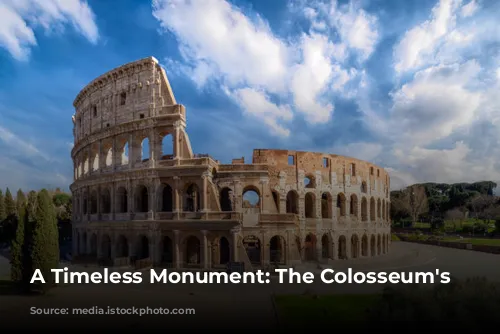
From Glory to Ruin: The Colosseum’s Later History
In the medieval period, the Colosseum was utilized as a church, later being transformed into a fortress by the prominent Frangipane and Annibaldi families. The Colosseum suffered damage from lightning strikes, earthquakes, and vandalism, leading to the disappearance of its marble seats and decorative materials. For over a thousand years, the site was essentially treated as a quarry, contributing to its deterioration. Preservation efforts began in earnest during the 19th century, with notable contributions from Pope Pius VIII. A major restoration project was undertaken in the 1990s.
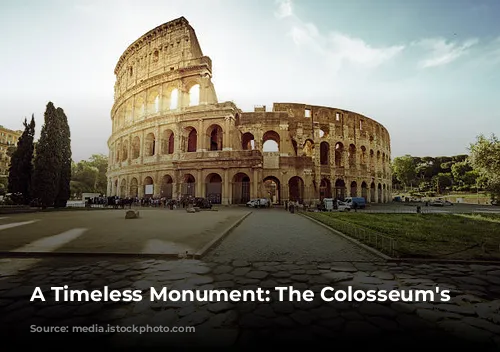
A Living Legacy: The Colosseum Today
The Colosseum remains a major tourist attraction in Rome, welcoming nearly seven million visitors annually. Exhibitions that explore the culture of ancient Rome are regularly organized, keeping the Colosseum’s story alive for modern audiences. Today, the Colosseum stands as a powerful reminder of Rome’s glorious past, its grandeur, and the enduring legacy of its people.
